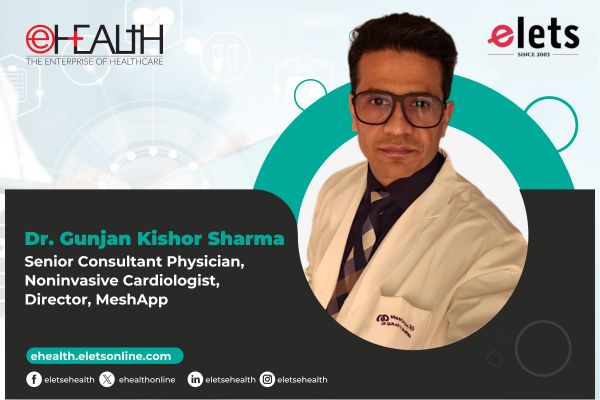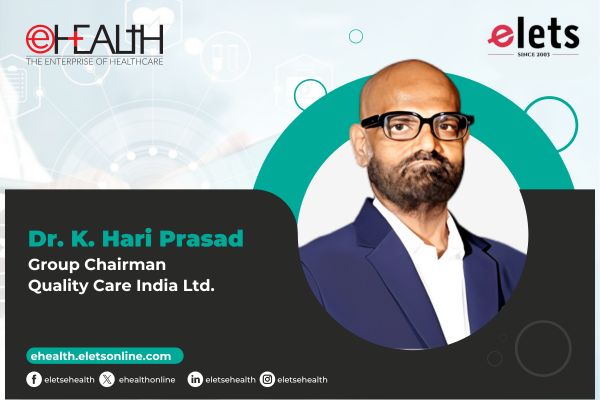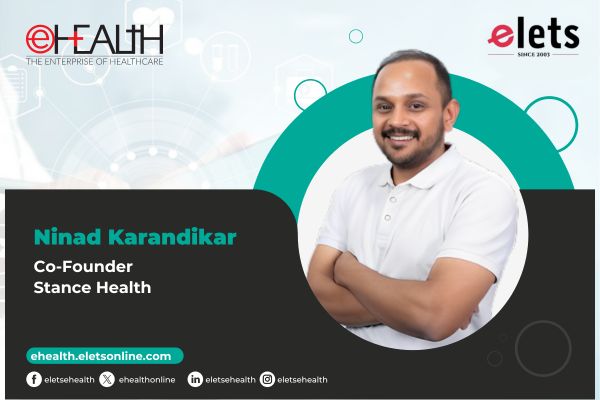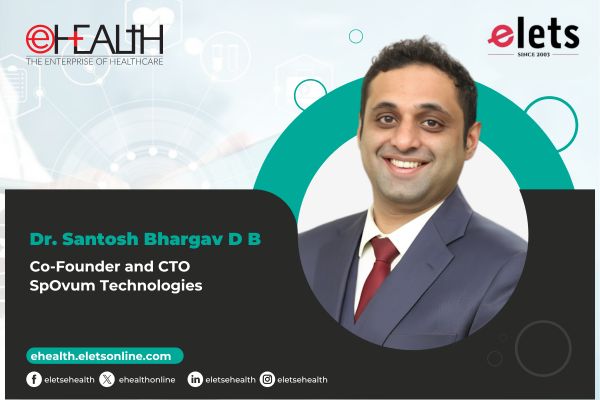
As the world commemorates World Health Day, the focus turns to combating the silent epidemic of non-communicable diseases (NCDs) that plague millions globally. In India, where NCDs like cardiovascular diseases, diabetes, cancer, and respiratory illnesses are rampant, integrating technology and robotics into healthcare is proving to be a transformative approach.
The burden of NCDs in India is immense. According to the study report “India: Health of the Nation’s States” – The India State-Level Disease Burden Initiative in 2017 by the Indian Council of Medical Research (ICMR), it is estimated that the proportion of deaths due to Non-Communicable Diseases (NCDs) in India has increased from 37.9% in 1990 to 61.8% in 2016. The four major NCDs are cardiovascular diseases (CVDs), cancers, chronic respiratory diseases (CRDs), and diabetes, which share four behavioral risk factors – unhealthy diet, lack of physical activity, and the use of tobacco and alcohol. India is aging faster, and it is expected that India will have about 20% of the population aged 60 years and above by 2050. This will pose a challenge to healthcare providers. Thus, the aging population will experience increased chronic disease burden from diabetes to high blood pressure, and the demand for cardiologists and other specialists is growing.

However, the integration of technology and robotics offers promising solutions to tackle these chronic illnesses.

Telemedicine and remote patient monitoring have emerged as game-changers, particularly in rural and remote areas where access to healthcare is limited. There is an increasing trend of implementation of Telemedicine in India, especially post-COVID-19. The telemedicine market in India is expected to grow at a compound annual growth rate (CAGR) of 31% for the period 2020–25.

Furthermore, wearable technology (health monitoring wearables) and mobile health applications empower individuals to monitor their health proactively. These tools provide real-time data on physical activity, sleep patterns, and vital signs, enabling users to make informed decisions about their lifestyle choices.

Robotic-assisted surgeries, which are increasing with an annual growth rate of 22.3%, have brought in more accuracy and control over complex surgeries. These robotic-assisted surgeries have revolutionized treatment options for NCDs, resulting in faster recovery rates, shorter hospital stays, and an increased quality of life. Medical imaging and diagnostic departments have started using AI algorithms for identifying abnormalities with higher precision. The technology platforms and tools will not only provide personalized health information and remote support but also empower individuals to manage their health and make informed decisions.
Despite these advancements, challenges persist. Accessibility and affordability of technology remain barriers, particularly for marginalized communities. Moreover, the human touch in healthcare cannot be entirely replaced by machines. Thus, a holistic approach that integrates technological innovations with empathetic care is essential.
On this World Health Day, let us reaffirm our commitment to leveraging technology and robotics to combat NCDs.
Views expressed by Dr. Anil Krishna, Senior Consultant, Interventional Cardiologist, Chairman & Managing Director, Medicover Group of Hospitals India
Be a part of Elets Collaborative Initiatives. Join Us for Upcoming Events and explore business opportunities. Like us on Facebook , connect with us on LinkedIn and follow us on Twitter , Instagram.
"Exciting news! Elets technomedia is now on WhatsApp Channels Subscribe today by clicking the link and stay updated with the latest insights!" Click here!
















